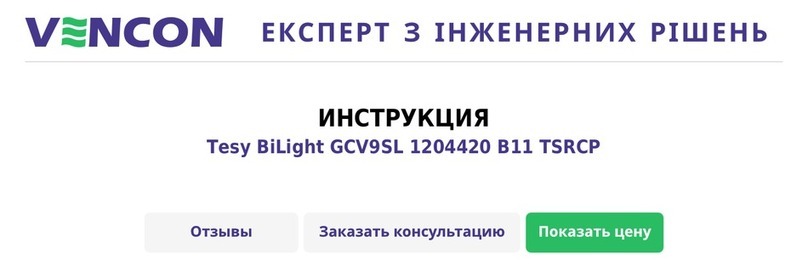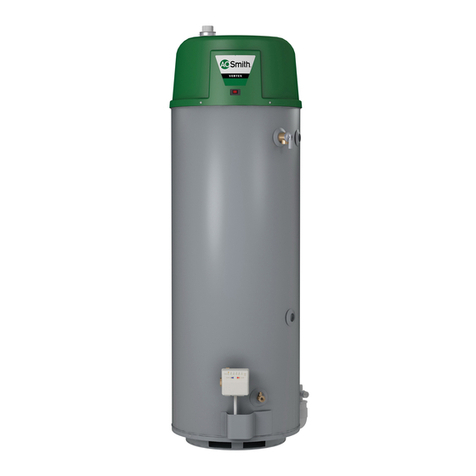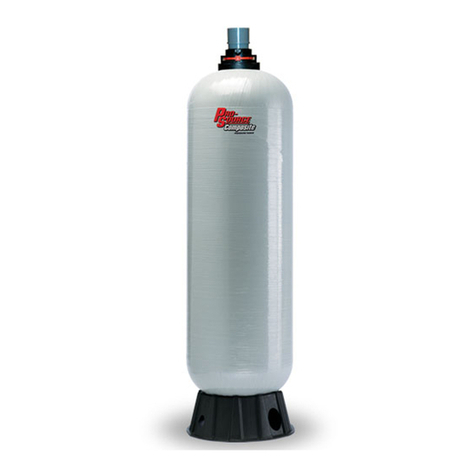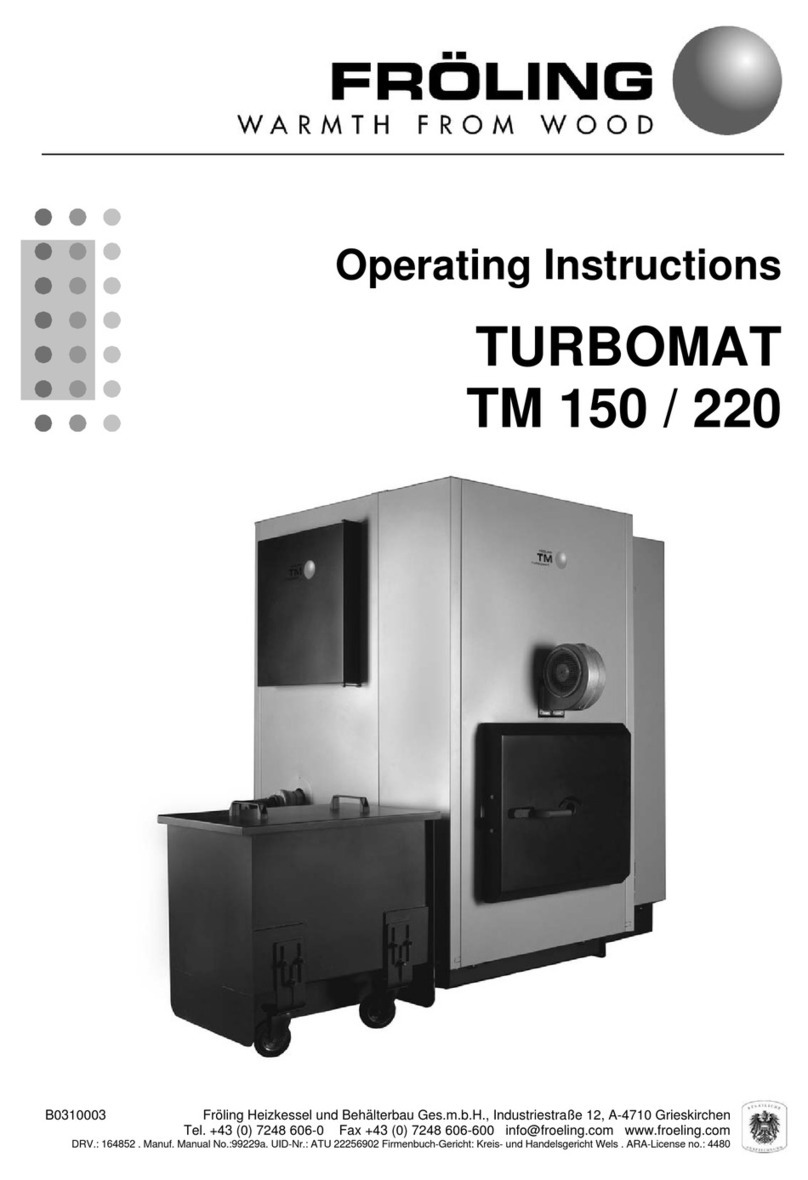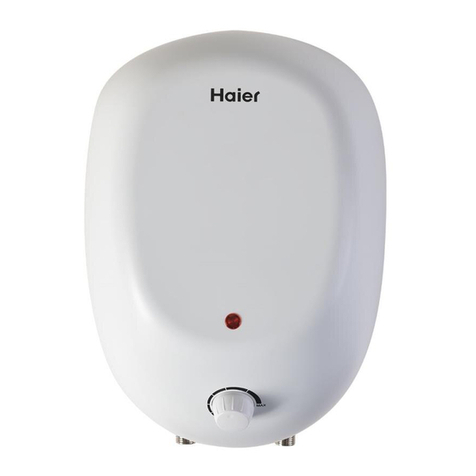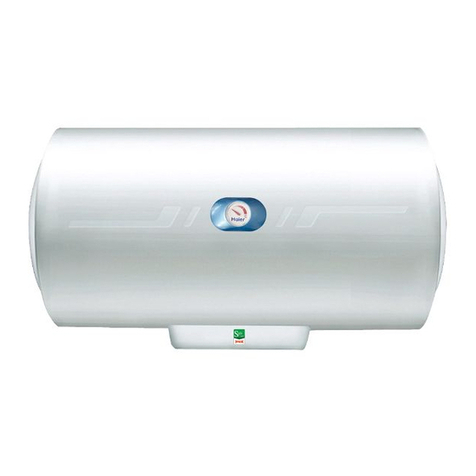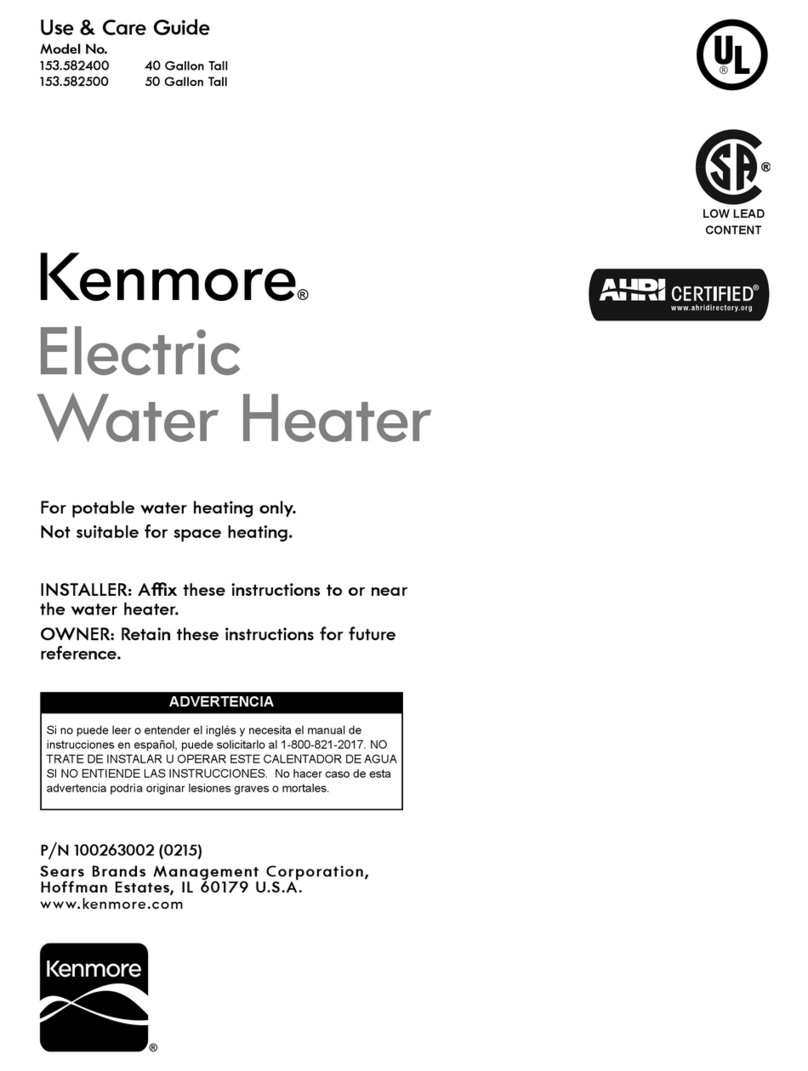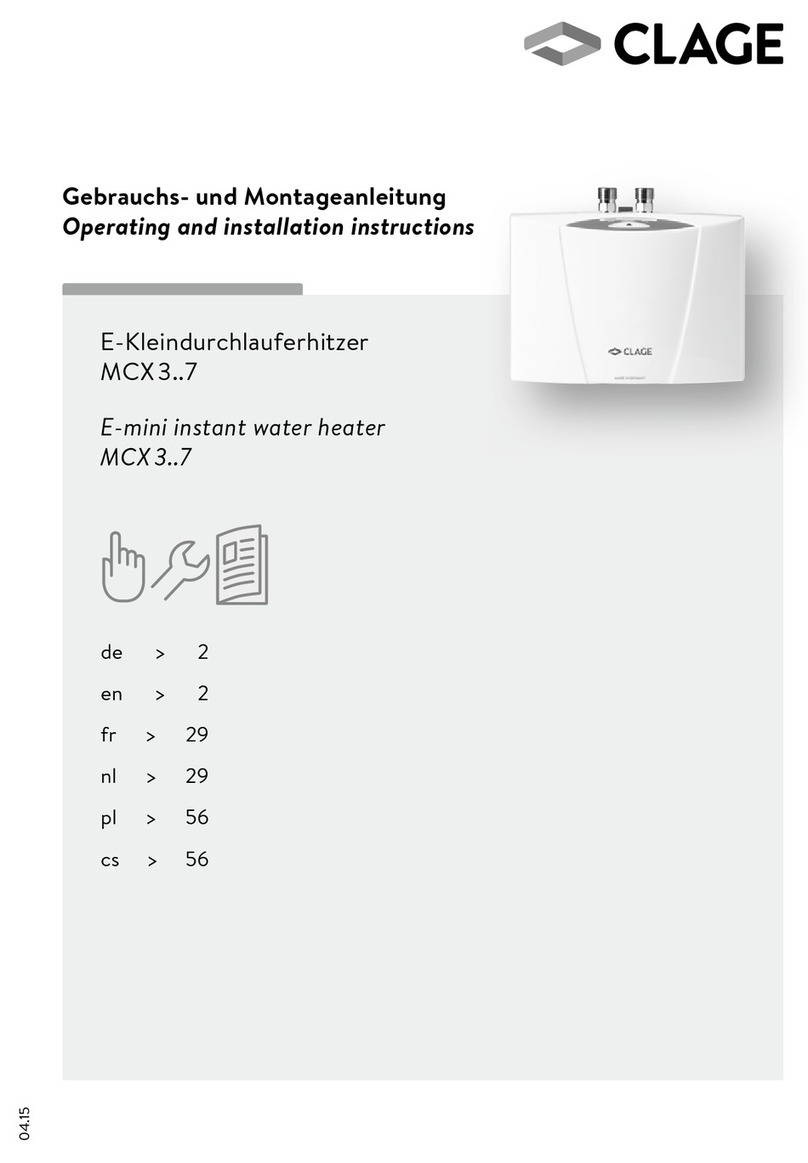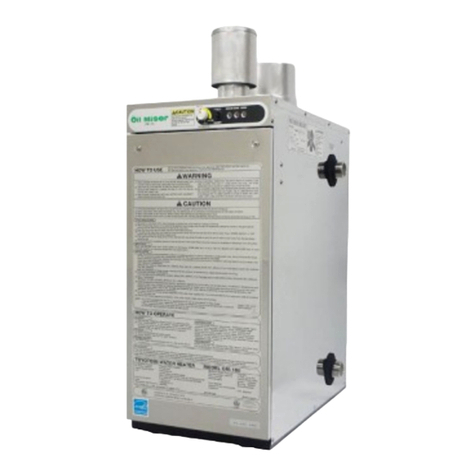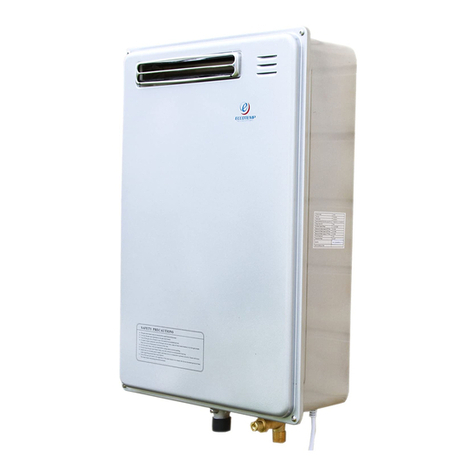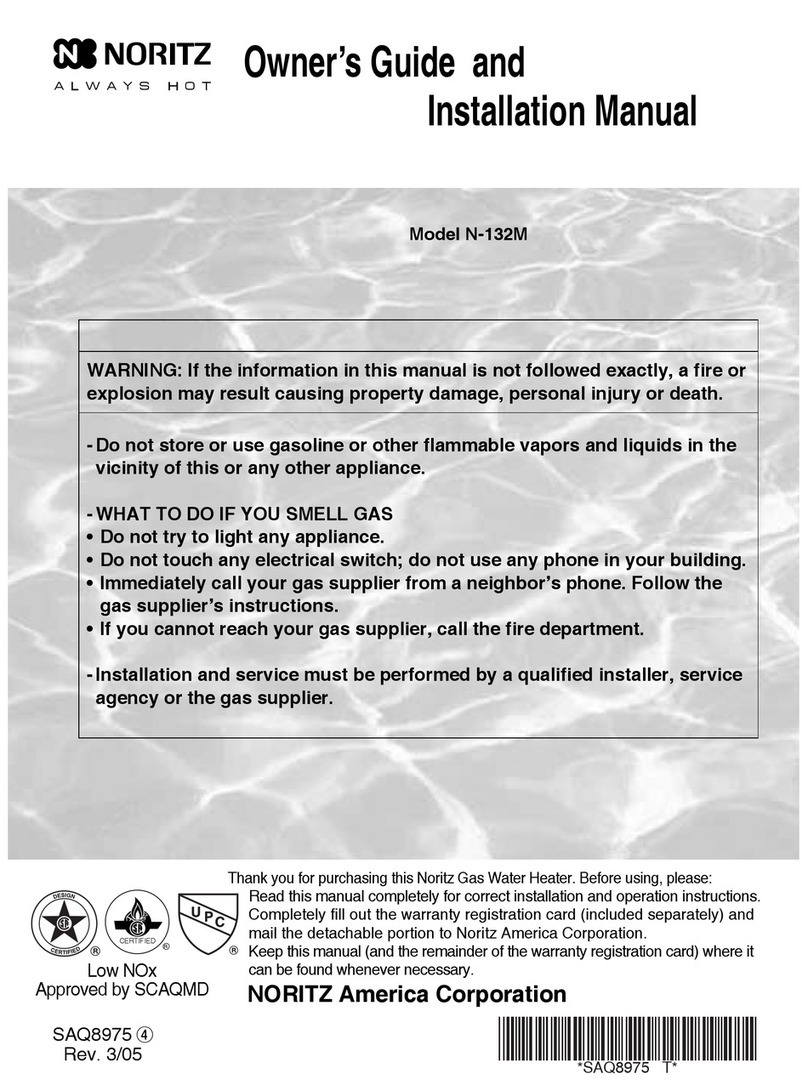ÖNORM M 7510-1 Guidelines for checking central heating systems
Part 1: General requirements and one-off inspections
ÖNORM M 7510-4 Guidelines for checking central heating systems
Part 4: Simple check for heating plants for solid fuels
Standards for structural and safety devices
ÖNORM H 5170 Heating installation - Requirements for construction and safety
engineering, as well as fire prevention and environmental pro‐
tection
TRVB H 118 Technical directives for fire protection/prevention (Austria)
Standards for heating water
ÖNORM H 5195-1 Prevention of damage by corrosion and scale formation in
closed warm water heating systems at operating temperatures
up to 100 °C (Austria)
VDI 2035 Prevention of damage in water heating systems (Germany)
SWKI 97-1 Water quality for heating, steam, cooling and air conditioning
systems (Switzerland)
D.P.R. n° 412 Regulations for the planning, installation, running/operation and
maintenance of heating systems in buildings to reduce energy
consumption with reference to Article 4, Comma 4 of the Legis‐
lative Decree of 9 January 1991, No. 10 (Italy)
Regulations and standards for permitted fuels
1. BImSchV First Order for the implementation of the Federal Law on emis‐
sion protection (Ordinance on Small and Medium Combustion
Plants) in the version published on 26 January 2010,
BGBl. JG 2010 Part I No. 4.
EN 14961-2 Solid bio-fuel - Fuel specifications and classes
Part 2: Wood pellets for non-industrial use
EN 14961-4 Solid bio-fuel - Fuel specifications and classes
Part 2: Wood chips for non-industrial use
2.4.2 Installation and approval of the heating system
The boiler should be operated in a closed heating system. The following standards
govern the installation:
ÖNORM / DIN EN 12828 Heating Systems in Buildings
NOTICE! Each heating system must be officially approved.
The appropriate supervisory authority (inspection agency) must always be informed
when installing or modifying a heating system, and authorisation must be obtained
from the building authorities:
Note on standards
Safety 2
Design Information
Installation Instructions | M0650314_en 7
